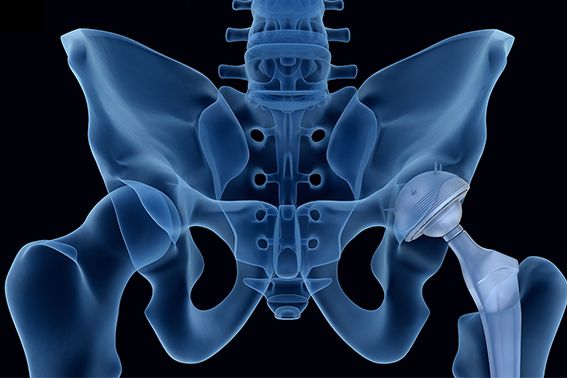There’s an unexplainable joy every woman experiences from bringing life into the world. However, the 33 to 40 weeks of carrying a baby has its effect on the body. There’s extreme back pain, weight gain, night sweat and, of course, pelvic floor dysfunction.
What’s the pelvic floor?
The pelvic floor consists of different layers of muscles that come together to aid the organs at the pelvic area, which are the bowel, uterus, rectum, and the bladder. The muscles located at the pelvic floor can be found from the pubic area to the side of the bones that aid sitting down and then to the tail bone.
Many people don’t understand that the muscles of the pelvic floor aid the weight of the body.
What’s the purpose of the pelvic floor?
The pelvic floor has muscles that have similar function to the skeletal tissue and the muscles located at the quadriceps and bicep; by this, I mean the muscles can relax and contract when you want them to do so.
These muscles have 3 basic layers that determine their function.
The supportive layer: The pelvic floor provides support to the pelvic organs such as the uterus, bladder, and bowels. It supports the organs by making sure it’s in the right position. It also aids the proper functioning of the back muscles, the hip, and the abdomen.
The sexual layer: This part aids sexual activities, such as erection, orgasm, and it allows penetration.
The sphincter layer: The muscle here aids the closing of the tube that moves urine from the bladder out of the body. It allows the muscles found at the urethra and anus to contract when you jump, sneeze and laugh so there’s no leakage. It relaxes when you need to have a bowel movement.
Pelvic Floor dysfunction
Pelvic floor dysfunction happens when the muscles located on the pelvic floor become weak. Pregnancy and delivery can stretch (or overstretch) the muscles located at the pelvic that keep the bladder closed.
If you’re experiencing pelvic floor dysfunction, you may experience anal incontinence, urinary incontinence, and pelvic organ prolapse.
This means you experience leaks from your bladder or anus whenever you pee, cough, jump, lift heavy objects, and exercise. It also causes pain during sex.
Traditional Chinese Medicine (TCM) theories for pelvic floor dysfunction
There are two theories to explain this:
- TCM believes that the root of pelvic pain dysfunction, just like other kinds of pain, is stuck energy. Energy is meant to flow and not get stagnant. Just as stagnant water isn’t healthy, stagnant energy isn’t healthy too.
For proper pelvic floor functioning, the energy in the pelvic floor needs to flow again
- According to Traditional Chinese Medicine (TCM), the body is meant to be balanced. Activities such as eating, exercising, resting, and sleeping help the body to retain balance by saving energy. Let’s just say these activities credit your energy account.
However, activities such as pregnancy and childbirth take a toll on the body and dig deep into your energy account. All your energy is spent, and you’re in debt. This means the body is out of balance.
How TCM treats pelvic floor dysfunction
TCM uses acupuncture to treat pelvic floor dysfunction. Acupuncture is a pillar in Chinese medicine, and it has been used to treat pelvic floor dysfunction and pelvic pain.
Before using acupuncture, visit a doctor or certified acupuncturist to determine if what you’re feeling is pelvic floor dysfunction. Once this is determined, the acupuncturist determines the best diet, herbs, and acupuncture points to treat pelvic pain dysfunction.
Acupuncture is reliable, and it has helped people in previous decades and centuries. Try acupuncture for pelvic pain dysfunction, and you’ll be glad you did.


